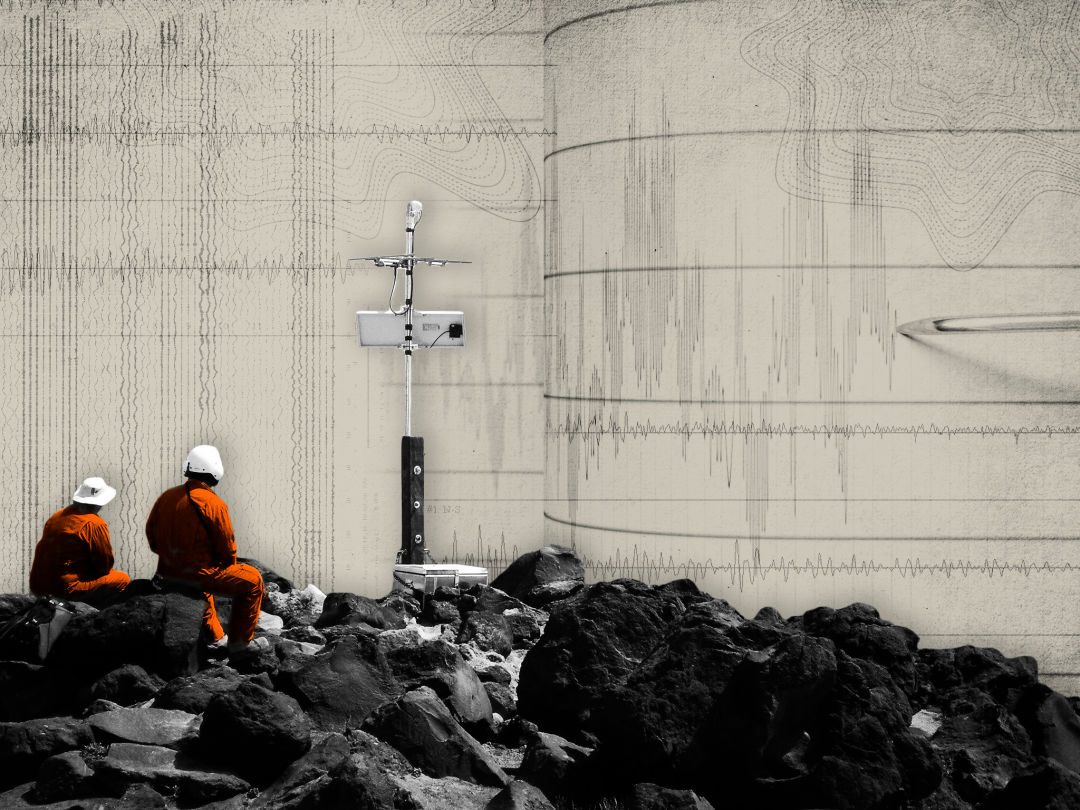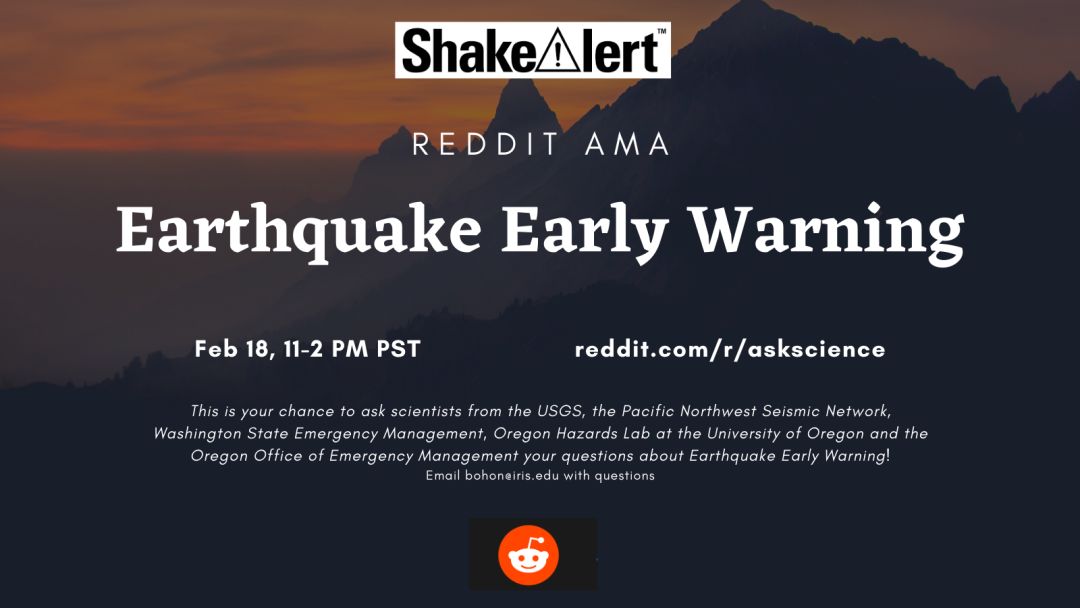Earthquake Early Warning System to Launch in Oregon

If you’re worried about the Big One—and guess what, around these parts you’re not alone—some promising news: an early warning system is coming Oregon’s way that could give us valuable seconds to seek protection before its effects hit.
The ShakeAlert Early Warning System will be available to Oregonians from March 11, thanks to a public alert rollout from the US Geological Survey that will ultimately span the entire West Coast.
“What's changing here on March 11 is that people have the ability to get ShakeAlert powered alerts to their phones, through the wireless emergency alert system, the same system that delivers amber alerts,” says Bob de Groot, Communication Coordinator for ShakeAlert. He adds that dedicated, downloadable apps will also be available.
The early warning system is a network of sensors being built across the entire continental West Coast, which shares real-time information about the magnitude and location from earthquakes to various distribution partners, who then deliver the alerts to your phone. It also means such partners can potentially take protective actions such as closing water valves or stopping trains to limit earthquake damage.
Oregon will be the second state on the coast to go live with the system, following California which has had alerts in place since October of last year. Washington is expected to follow in May.
De Groot points out that there are faults throughout Oregon that can produce earthquakes of a lower magnitude than the rupture of the Cascadia subduction zone that we’re all most afraid of. In such cases, depending on your proximity to the epicenter, the alert may give mere seconds of warning, if even that. And, he says, these are the kind of quakes much more likely to occur in our lifetime than the Big One. “I would take the position of being ready for very little time between alert and shaking,” he says. “I would just do something immediately.”
That something, he says, should not be to try and evacuate a building, but rather to drop, cover and hold on, the kind of instant protective measures that could make a big difference. For the Big One, he says, “there is the possibility of getting more time—tens of seconds—but that's pretty rare.” In other words, if you get an alert, he advises, act at once and don’t assume you’ll have time for anything beyond those immediate measures.
So how do you get the alerts? De Groot says to look for the area in your smartphone where amber alerts reside, and make sure all equivalent alerts are turned on. He said other apps will also likely come online that would also connect to the early warning system. Oregonians looking for more information are welcome to join the Pacific Northwest ShakeAlert Ask Me Anything on Reddit slated for February 18, which will run from 11 am to 2 pm and will include representatives from the USGS, Oregon Office of Emergency Management, Pacific Northwest Seismic Network, University of Oregon, and Washington State Emergency Management Division to answer questions about the system.

Email questions ahead of time for the Reddit Ask Me Anything.
Image: USGS




